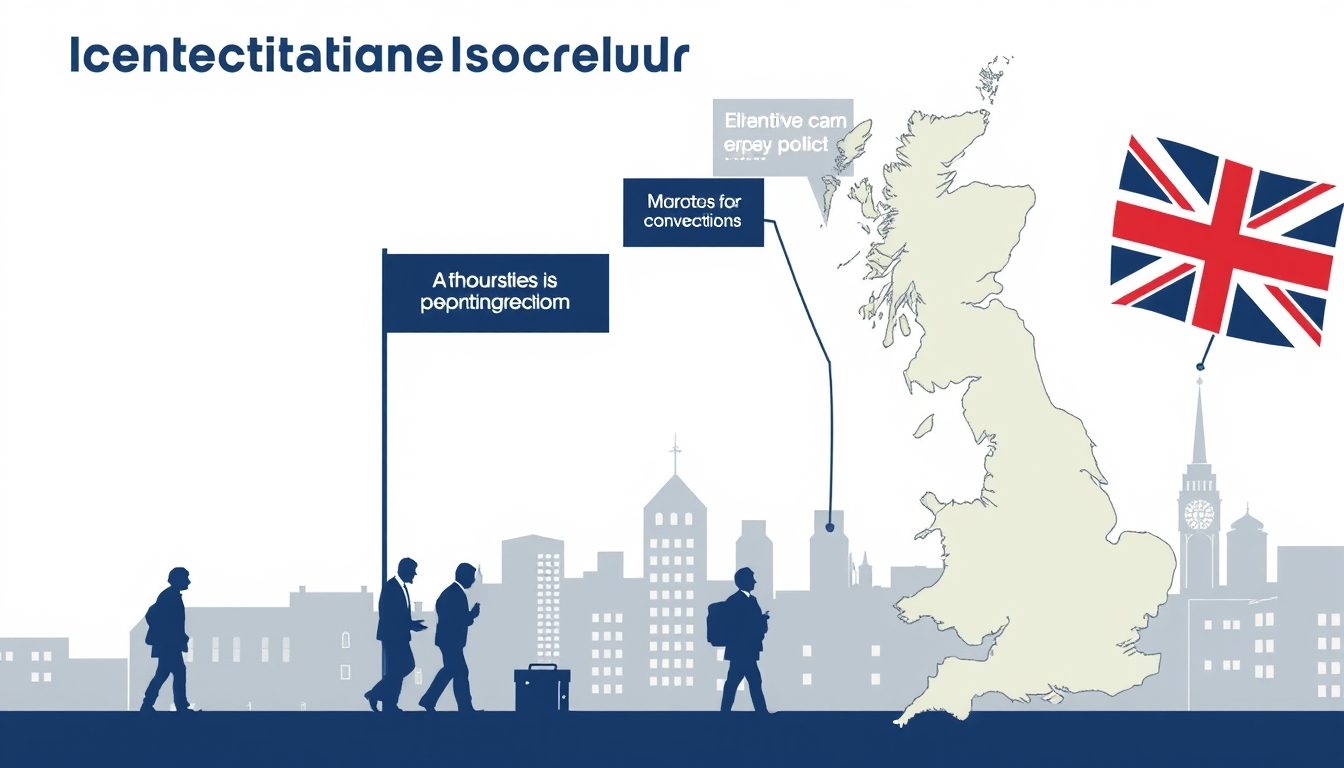When considering the installation of a commercial air conditioner (AC) for a business, several key factors must be carefully evaluated. These decisions affect not only the comfort and productivity of employees but also the financial health of the business, particularly in terms of energy consumption, maintenance costs, and system longevity. Understanding the long-term impact of these factors can help ensure that the investment is both cost-effective and efficient. Let’s break down these critical factors:
1. The Size of the Space and Cooling Load
The size of the area that needs to be cooled is one of the most important considerations. Commercial air conditioners come in different capacities, and selecting the right one is essential for efficient cooling. If an air conditioner is too small for the space, it will be overworked and will not cool the area adequately, leading to energy inefficiency and increased wear on the system. Conversely, an oversized system can lead to unnecessary energy consumption, as it cools the space too quickly without dehumidifying properly, which can create a less comfortable environment.
The cooling load of the space is also determined by other factors such as the number of occupants, the type of equipment in use (computers, machinery, etc.), lighting, and even the building’s insulation. A detailed heat load calculation can help determine the precise cooling needs, ensuring the system is neither too large nor too small. Businesses should consult with HVAC professionals to accurately assess this before making a purchase.
2. Energy Efficiency and Operating Costs
Energy efficiency is one of the most significant concerns when choosing a commercial air conditioning system. Air conditioners are typically among the largest consumers of energy in a business. Over time, inefficient systems can lead to high utility bills, which can offset any initial savings on lower-priced units.
When selecting an air conditioning system, the Seasonal Energy Efficiency Ratio (SEER) and Energy Efficiency Ratio (EER) ratings are important to consider. These ratings measure the efficiency of an AC unit, and higher numbers indicate better energy performance. Units with high SEER ratings consume less energy to produce the same cooling output, which can save a business significant amounts in long-term operating costs.
Moreover, businesses should also take into account the energy costs in their geographical location. Some regions may experience higher utility rates during peak seasons, which can make a less efficient system even more expensive to operate.
3. Maintenance and Repair Requirements
An often overlooked aspect when selecting a commercial air conditioner is the long-term maintenance and repair costs. While an air conditioning system may be relatively inexpensive to install, the costs associated with keeping it running efficiently over the years can add up.
Some AC systems require frequent servicing, especially if they are poorly sized for the space or if the components are not of high quality. Routine maintenance, such as changing filters, cleaning coils, and ensuring the refrigerant levels are adequate, is necessary to avoid costly repairs and extend the lifespan of the unit. Neglecting regular maintenance can result in system failures, which not only increase costs but can also cause downtime in business operations.
Choosing a reputable brand with good customer service and easy access to replacement parts is vital for minimizing these costs. It’s also essential to understand whether the AC system will require specialized knowledge for repairs, as some systems might need a more skilled technician, which could make repair services more expensive and harder to obtain.
4. System Type and Zoning
There are different types of commercial air conditioning systems, such as split systems, ducted systems, and VRF (Variable Refrigerant Flow) systems. Each type has its advantages, depending on the specific needs of the business. Understanding the space’s layout and the distribution of cooling needs across different areas can significantly impact efficiency.
For instance, a business with multiple rooms or floors may benefit from a zoned system, where each area has its own thermostat and can be cooled independently. This helps optimize energy usage by only cooling spaces that are in use and allowing other areas to remain uncooled when not in use. This zoning capability can lead to substantial savings in energy and contribute to more even comfort throughout the building.
On the other hand, if the building is open-plan or has a smaller floor area, a single system may be sufficient. For businesses considering large-scale installations, such as multi-story buildings or those with complex layouts, consulting with an HVAC expert can help determine the best system configuration.
5. Indoor Air Quality and Ventilation
In commercial spaces, air quality is crucial, not just for comfort, but also for the health and well-being of employees, customers, and visitors. Poor ventilation or air circulation can lead to stale air, increased humidity, and discomfort, negatively impacting productivity and customer satisfaction. It can also contribute to indoor air pollution, which can aggravate allergies and respiratory issues.
Some commercial air conditioning systems come with built-in air filtration, humidity control, and ventilation features that help improve indoor air quality. For businesses that prioritize indoor air quality, particularly in healthcare, hospitality, or food-related industries, investing in systems that offer these features could provide long-term benefits.
6. Environmental Impact and Sustainability
Sustainability is becoming an increasingly important consideration for businesses looking to reduce their environmental footprint. Choosing an energy-efficient, environmentally friendly air conditioning system can help lower carbon emissions and align the business with sustainability goals.
Modern systems are designed to use refrigerants with lower Global Warming Potential (GWP), reducing the impact on the environment compared to older models. Additionally, businesses can explore the possibility of integrating renewable energy sources, such as solar panels, to power the air conditioning system, which further enhances sustainability and reduces operational costs over time.
7. Installation Complexity
The complexity of the installation process can vary greatly depending on the type of system, the size of the space, and the existing infrastructure. Some systems require extensive ductwork or modifications to the building, which can add to the initial installation costs and time required. It is essential to factor in these costs when budgeting for an air conditioning system.
Additionally, the installation team should be well-experienced and capable of ensuring that the system is set up for optimal performance. Improper installation can lead to inefficiencies, damage to the system, and even safety risks.
8. Long-Term System Performance and Reliability
The reliability of the air conditioning system plays a significant role in its total cost of ownership. Businesses should consider investing in systems that are known for their reliability and performance over the long term. The longevity of the system depends on how well it was installed, maintained, and operated over time.
It’s also essential to choose a system with a good warranty and support services. A comprehensive warranty will protect the business against unexpected repair costs and give peace of mind that the system is covered for potential defects.
Conclusion
The decision to install a commercial air conditioning system should not be taken lightly. Several factors, including system size, energy efficiency, maintenance needs, air quality, installation complexity, and long-term costs, all influence the performance and financial impact of the system. By carefully considering these aspects, businesses can ensure they select the right system for their needs, optimize energy consumption, and minimize future repair and replacement costs. This careful approach will result in a cooler, more comfortable environment for employees and customers, while also protecting the bottom line through cost-effective, efficient cooling.














